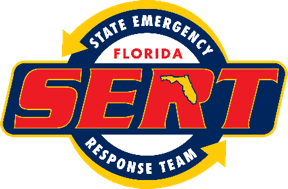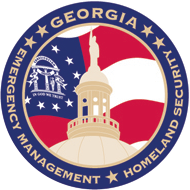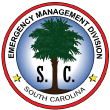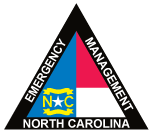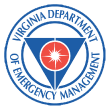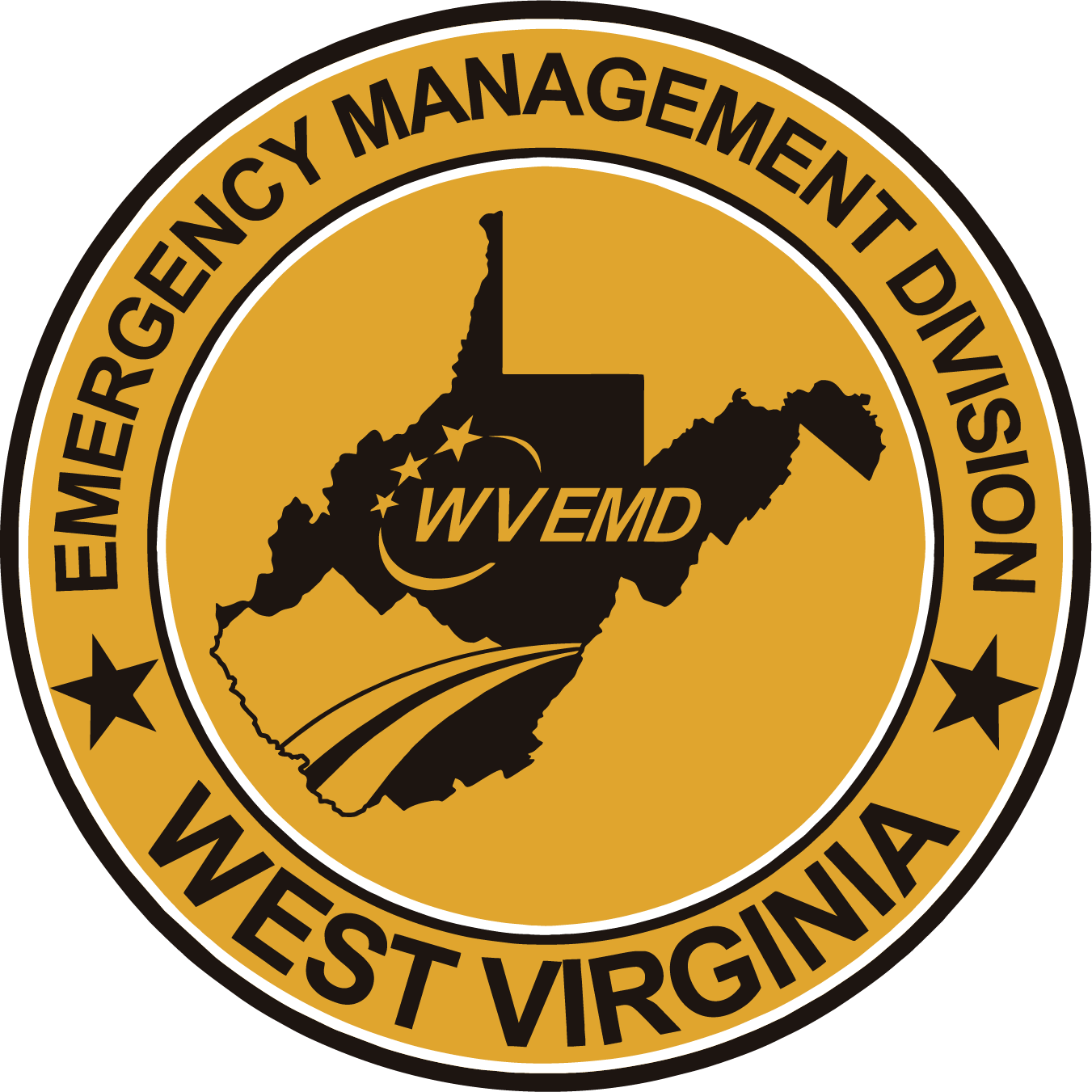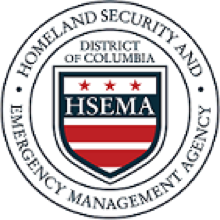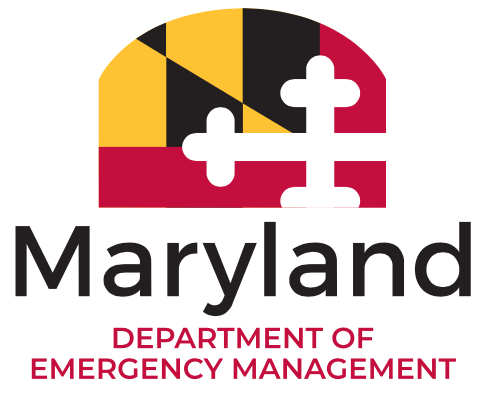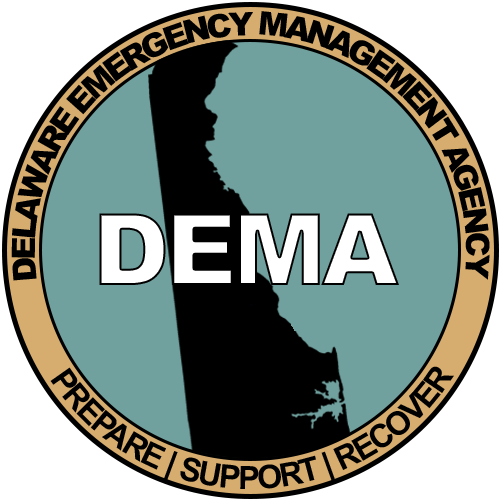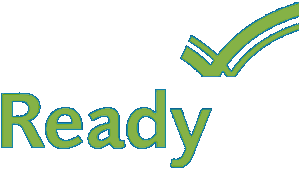- ▾ Other ShakeOuts ▾
- Alaska
- American Samoa
- Arizona
- British Columbia
- California
- Central U.S. (AL AR IA IL IN KS KY LA MO MS NE OH OK TN)
- CNMI
- Colorado
- Guam
- Hawaii
- Idaho
- Japan
- Montana
- Nevada
- New Mexico
- New Zealand
- NorthEast U.S. (CT MA ME NH NJ NY PA RI VT)
- Oregon
- Puerto Rico
- Quebec & Eastern Ontario
- SouthEast U.S. (DC DE FL GA MD NC SC VA WV)
- Texas
- Upper MidWest U.S. (MI MN ND SD WI)
- U.S. Virgin Islands
- Utah
- Washington State
- Wyoming
- Yukon
- Other Countries

Florida
The Great SouthEast ShakeOut is a multi-state earthquake drill spanning much of the southeastern United States. ShakeOut activities for Florida are supported by the Florida Division of Emergency Management. Earthquake information and points of contact for Florida are provided below.
Points of Contact
Florida Division of Emergency Management
Alberto Moscoso, Communications and External Affairs Director
E-mail: DEM_External_Affairs@em.myflorida.com
Phone: (850) 815-4000
Federal Emergency Management Agency, Region IV
Noriko Kibble, FEMA Region IV
Email: noriko.kibble@fema.dhs.gov
Phone: (770) 220-8870
PARTICIPANTS
people are currently registered to participate in this year's Great SouthEast ShakeOut Drill.
are from Florida
Number of Florida participants in each category
View names of participants:
Florida EARTHQUAKE HAZARDS
Although Florida is not usually considered to be a state subject to earthquakes, several minor shocks have occurred there and other more earthquake prone States, such as South Carolina, can cause earthquakes that can be felt in Florida.
A shock occurred near St. Augustine, in the northeast part of the State, in January 1879. The Nation's oldest permanent settlement, founded by Spain in 1565, reported that heavy shaking knocked plaster from walls and articles from shelves. Similar effects were noted at Daytona Beach, 50 miles south. At Tampa, the southernmost point of the felt area, the trembling was preceded by a rumbling sound at 11:30 p.m. Two shocks were reported in other areas, at 11:45 p.m. and 11:55 p.m. The tremor was felt through north and central Florida, and at Savannah, Georgia. In January 1880, Cuba was the center of two strong earthquakes that sent severe shock waves through the town of Key West, Florida. The tremors occurred at 11 p.m. on January 22 and at 4 a.m. on the 23rd. At Buelta Abajo and San Christobal, Cuba, many buildings were thrown down and some people were killed.
The next tremor to be felt by Floridians also centered outside the State. It was the famous Charleston, South Carolina, shock in August 1886. The shock was felt throughout northern Florida, ringing church bells at St. Augustine and severely jolting other towns along that section of Florida's east coast. Jacksonville residents felt many of the strong aftershocks that occurred in September, October, and November 1886.
On June 20, 1893, Jacksonville experienced another slight shock, apparently local, that lasted about 10 seconds. Another minor earthquake shook Jacksonville at 11:15 a.m., October 31, 1900. It caused no damage.
A sudden jar caused doors and windows to rattle at Captiva in November 1948. The apparent earthquake was accompanied by sounds like distant heavy explosions. Captiva is located on Captiva Island, in the Gulf west of Fort Myers.
On November 18, 1952, a slight tremor was felt by many at Quincy, a small town about 20 miles northwest of Tallahassee. Windows and doors rattled, but no serious effects were noted. One source notes, "The shock interfered with writing of a parking ticket." It didn't say in what way.
Links & Information
